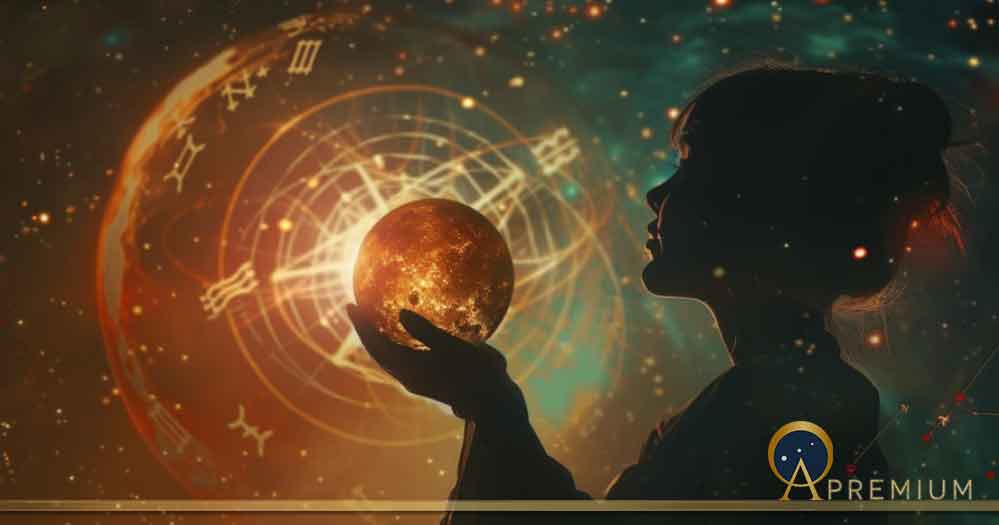The Past and the Future: Origins of the Oldest Divination Techniques
The act of divination is believed to be one of the earliest forms of religious activity, with a rich history dating back thousands of years and across multiple civilizations. The word itself, rooted in the divine, implies an unwavering connection to a higher power. Used as a way to interpret and obtain information, divination aspires to answer questions of an unknown and precarious future.
Some forms of divination were intentional actions and devices used to gain insight or to contact supernatural beings. Other forms were fortuitous, unexpected events and signs based on the idea that certain things were inherently connected. Regardless of the means of transmission, the messages received were sought after and taken incredibly seriously.
Fittingly, it is in the most ancient of places that divination took its strongest hold on its people. From Mesopotamia, Greece, and Egypt to China and India, the words spoken, and the signs given were so powerful that it had the potential to alter the course of entire civilizations, for better or worse.
Signs From Above: Astrology and Weather Phenomena
Often times, the ancients looked up to the skies for answers. The use of the stars as an interpretive device was founded on the belief that the movement of celestial bodies somehow influenced the destinies of individuals or their community. Originating in Babylonia, its initial purpose was to understand what path should be chosen for the good of the people. It wasn’t until later, in the 5th century BC, that personal astrology was developed.
The Babylonians saw the stars and planets as representations of the will of the gods, the sky as “mansions” to Anu, Enlil, and Ea. Much like the Greeks, planets were associated with specific divine entities: Marduk ruled over Jupiter and Ishtar ruled over Venus. Astrology was one of the primary forms of divination in most regions of ancient Mesopotamia.
As astrology spread through other regions of the Mediterranean, the Greeks took it to a new level by developing the zodiac that we all know today. They believed that by mapping the specific pattern and position of the stars and planets, one’s destiny will be revealed. Hipparchus - an ancient Greek astronomer, geographer, and mathematician - figured out the exact positions of the equinoxes, inevitably setting in motion more study into astrology and a fully realized zodiac.
The Greeks were not alone in their intense study of personal astrology, ancient India had a very impressive system of charts mapping every aspect of a person’s celestial pattern along with added details about birth to provide the most precise advice for anyone seeking guidance. Ancient China’s religion emerged from the idea that guidance came from the universe and cosmology. They developed systems for interpreting cosmic events and celestial movement and connected it to the world, people, and events. Balance among all things was essential; actions must be chosen in harmony with Dao, the “will of heaven”.
This is a preview of a Premium article. Read the rest and uncover more secrets of the ancient world with Ancient Origins Premium. Join today for exclusive articles, videos, eBooks, an ad-free experience, and more. Unlock your journey back in time now!
Top image: Image of a fortune teller gazing into a glowing orb, zodiac symbols orbiting around, divining the future amidst the cosmos. Source: Jenjira/Adobe Stock
By Jess Nadeau















